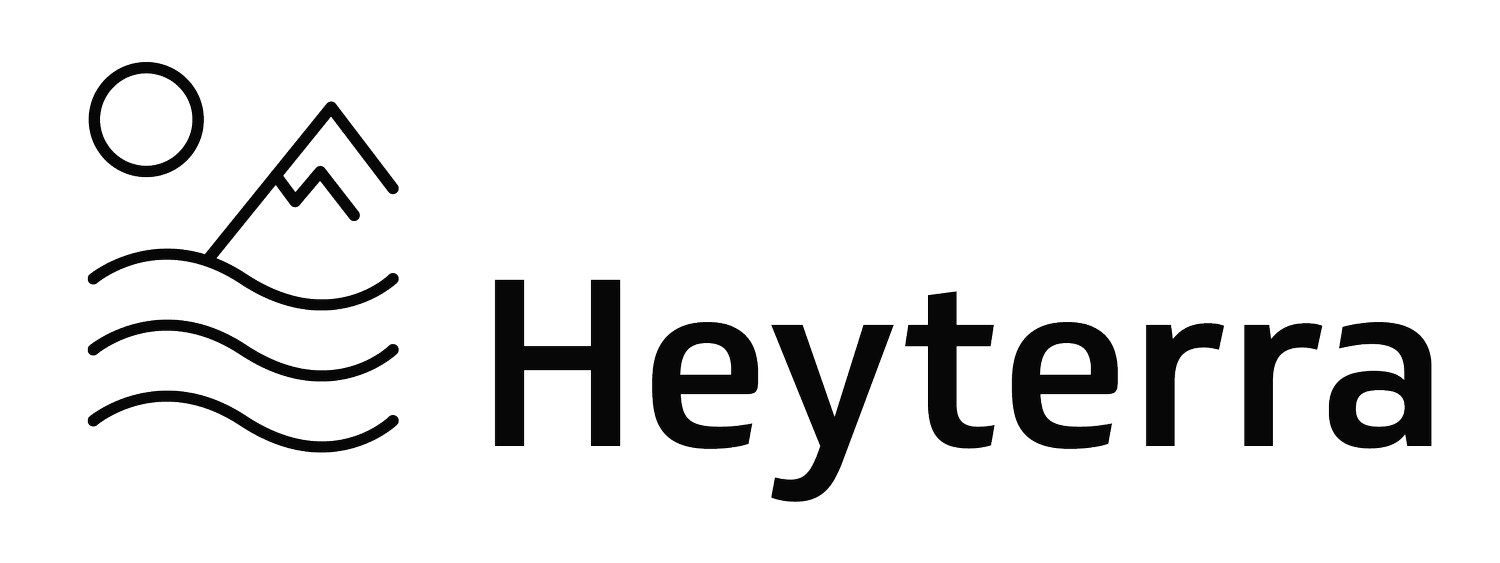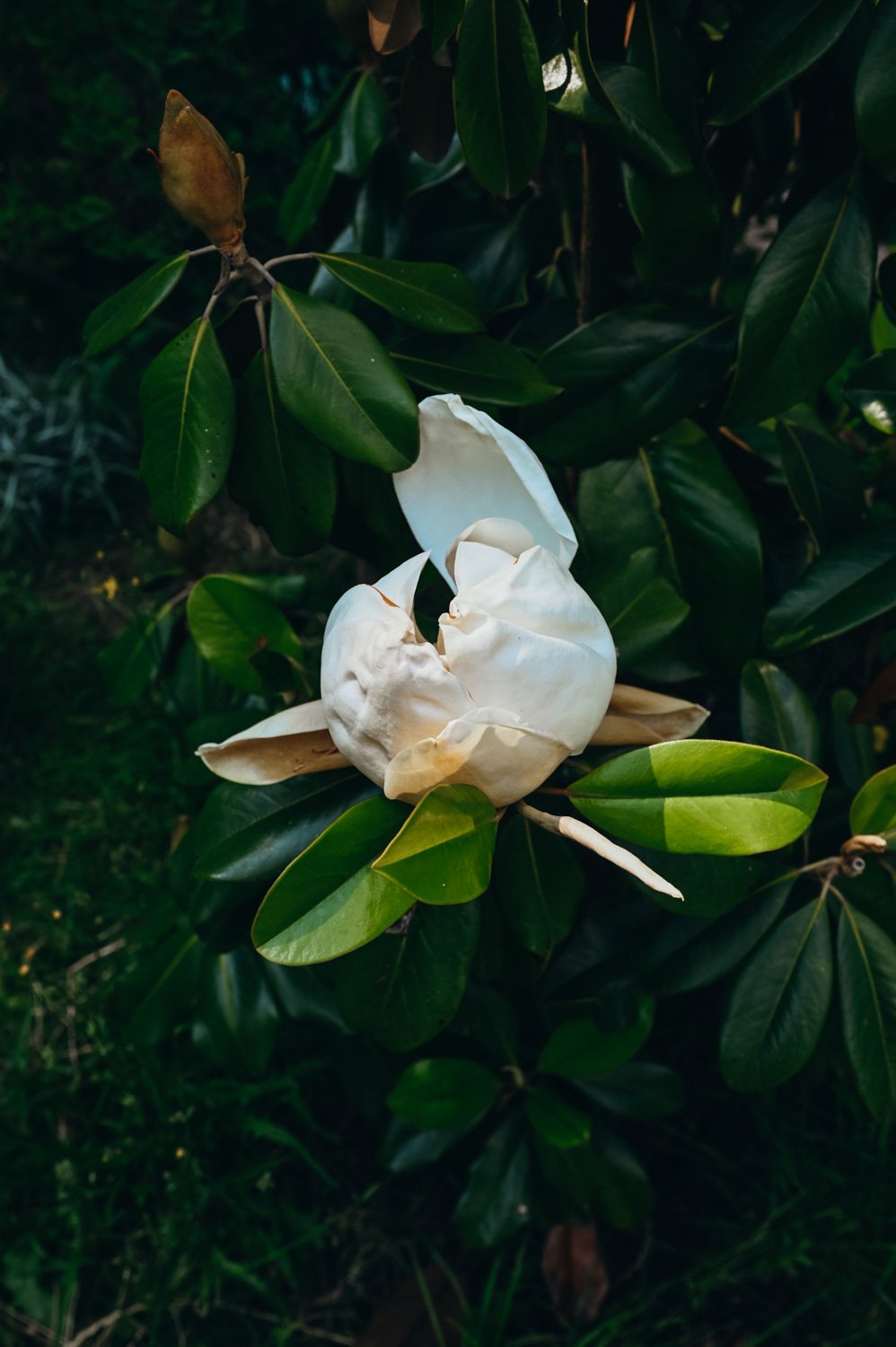Heyterra Book of the Month: All We Can Save
After a summer of extremes, the anthology ushers in the feminist climate renaissance the the world needs, now more than ever.
If this past summer of catastrophic heat waves, flooding, wildfires, and hurricanes has shown us anything, we have finally, sigh, reached a collective tipping point.
At least it’s a positive one: because 98% of us couldn’t escape the heat this summer, virtually everyone is recognizing that climate change is here.
That’s why, in collaboration with Climate Week, we’ve chosen All We Can Save: Truth, Courage, and Solutions for the Climate Crisis as our very first Heyterra Book of the Month. Co-edited by Dr. Ayana Elizabeth Johnson, a marine biologist and founder of Urban Ocean Lab, and Dr. Katharine K. Wilkinson, editor in chief of Project Drawdown, the anthology is a compilation of climate-inspired essays and poems by more than fifty female thought leaders across science, activism, architecture, law, journalism, design, art and beyond. Described as “a feminist climate renaissance”, it’s one the most generous takes on the nuance of the climate crisis we’ve read, and for those who are ready to hold the range of emotions and actions associated with it, a revelation.
Dr. Johnson has a way of serving information that’s both urgent and downright funny (very important in climate work!). Just yesterday in This is Climate: Women Leading the Charge talk with Dr. Katherine Hayhoe and the Washington Post, she said,
“People are awake. The sky in New York was orange because of fires in Canada, we had a hurricane in Maine and Los Angeles, people are seeing that this is here and now, and it's not a sense of urgency but a sense of practicality, that we have to deal with this and there are steps that we can take. Solutions-oriented, who’s doing what? Let’s go.”
This (and a shared frustration that women’s contributions to the climate movement were so often overlooked), was the fuel she and Dr. Katharine Wilkinson used for creating a female-led collection of climate writing. Assembled organically with sections such as “Root”, “Reframe”, and “Persist”, the wealth of information lays out a foundation of knowledge around the climate crisis and a set of tools for how we can all process and communicate about it.
Perhaps most importantly, it instills in us a full-throated sense of hope, the encouragement to see the necessary changes as opportunities for growth rather than sacrifices, and a passion for using one’s own personal skillset to join the movement.
Given that All We Can Save played a major role in Heyterra founder Samantha Runkel’s decision to launch this very project, what better book to help us kick off this new series? Grassroots activism. Rising sea levels. Environmental justice. Climate migration. Climate despair. Climate optimism. These words and phrases zip across the airwaves at an ever-increasing frequency. For many of us, it’s easy to get lost in the barrage or to repeat what we hear, clinging onto simple, broad statements from sources we trust. But the pieces selected for All We Can Save give tangible examples and firsthand accounts from these female change-makers experts across a wide variety of fields.
Approaching the topic from all sides – personal essays sit next to investigative journalism and a healthy dose of poetry weaves throughout – the anthology brings this weighted vocabulary to life, transforming it from a string of buzzwords thrown around in the media, the corporate world, and in private conversations into concepts and emotions that fit within a contextualized framework.
Some of our favorite sections include teenage activist Xiye Bastida’s “Calling In” (her tips for starting a movement? “Don’t start from scratch” and “Maintain a good communication with the adult organizations you partner with”) and Naomi Klein’s red-hot “On Fire”:
“For those children and grandchildren and generations to come who are invoked so promiscuously, they are no longer mere rhetorical devices. They are now screaming and striking for themselves and they are speaking up for one another as part of an emerging international movement of children and a global web of creation that includes all those amazing animals and natural wonders that they fell in love with so effortlessly only to discover that it was all slipping away.” — Naomi Klein, “On Fire”
Amy Westervelt (check our her podcast, Drilled), writes profoundly in her essay, “Mothering in the Age of Extinction”, and Janine Benyus, the biologist who coined the term biomimicry, signals in “Reciprocity” how the way trees and plants communicate through a complex biophilic network.
Cameron Russell holds the fashion industry to account, adrienne maree brown gives us Emergent Strategy (we love her book and a close second, her Instagram) and in Christine E. Nieves Rodriguez's essay, “Community Is Our Best Chance”, she offers a visceral reflection of the aftermath Hurricane María in the the small town of Mariana, Puerto Rico.
In the relatively brief section on regenerative agriculture, rather than the by- now generic injunctions for individuals to go vegan and the implicit guilt tripping for not doing so, the overriding message focuses on effective, systemic change already in motion. In “Solutions Underfoot”, Jane Zelikova details the benefits of carbon sequestration and the role microbes play in this process. Emily Stengel introduces regenerative ocean farming with Greenwave, and its prolific list of applications including reducing methane output in livestock by adding seaweed to their feed. So cool! Leah Penniman addresses the lost connection between African Americans and the land and then goes on to showcase people of color making significant contributions to the healing of our soil. One after another, these stories shift the focus from the individual to the collective, from the shame and guilt to measurable solutions.
And they give voice to an all-women cohort of change-makers, many of them BIPOC, to expose the underside of the climate crisis that rarely gets attention from media: the fact that those suffering the most from climate change come from underprivileged communities that have the least access to resources.
So what we can do? Since the book’s publishing in 2020, so much has actually already been done. But further, think policy change, think electrification of homes, think shouting from the rooftops, think talking to our kids about it— and empowering them.
And read the book to learn more! Anthologies are especially conducive to reading with kids or when traveling because the stories generally don’t run too long, and you can get through one self-contained idea in one sitting. Plus, this book is printed on FSC-certified paper, so whether you’re listening to the audio version (narrated by America Ferrera, Julia Louis-Dreyfus, Sophia Bush, Alfre Wood, and Jane Fonda), reading on a device, or holding the book in your hands, you can rest assured that you are not contributing to deforestation in the process. For more ideas on how to read more sustainably, check out our guide to doing just that. Happy perusing!







